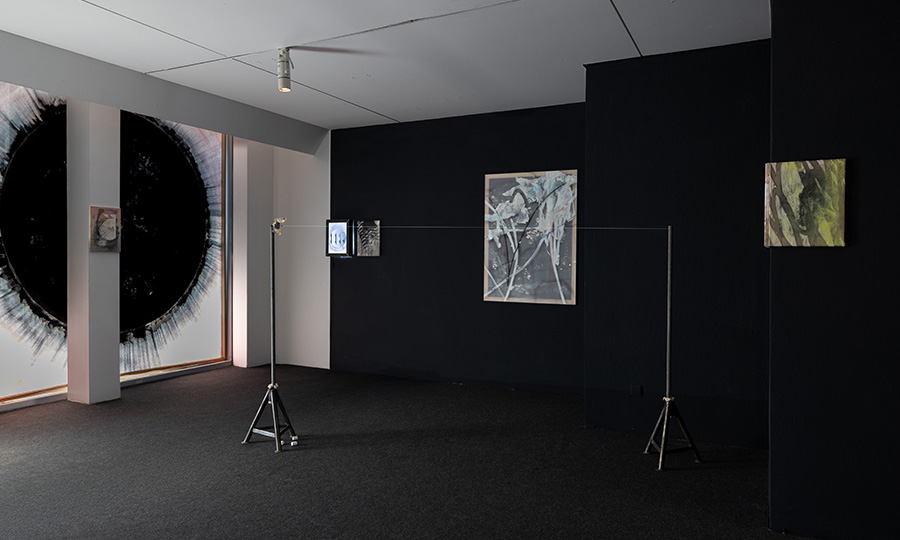How are stories, thoughts and behaviours passed on? How can you break the cycle?

My late grandfather's voice, recorded years ago, is juxtaposed in an audio piece with an AI-generated offshoot of his voice. Both recount the story of the amphorae he unearthed from a shipwreck in Italy in the 1960s, yet the two narrations subtly differ. These differences reflect how storytelling shifts over time: What do we pass down through generations, and how do we decide what to carry forward into the future?


The leaves of the plant cuttings carry fragments of the amphora's story, burned into the surface with a laser. These inscribed leaves will continue to grow and live until they eventually fall off, giving way to new growth as the plants reproduce. By the time these original leaves have withered, their stories will have become part of the natural cycle, while the plants will have already produced new offshoots. This continual process of growth and decay reflects how stories evolve over time, shifting in form but keeping their essence intact.


In the opposite room, the amphorae are displayed lying on inflated truck tubes, gently vibrating, driven by small motors. This setup is not only a technical reference to how they were retrieved from underwater using the same tubes—it also serves as a metaphor for their current state. On one hand, they rest securely on air, cushioned from harm. On the other, the subtle vibrations create a sense of unease. Suspended in this liminal space, they slowly move through time without ever fully settling. Their existence feels fluid, neither entirely past nor fully present, mirroring how we navigate the shifting layers of our own histories.

The amphorae are brought to the museum not as an endpoint, but as a starting point for new narratives and connections, beginning an honest search for a suitable home that acknowledges their past and explores their place in the present.



